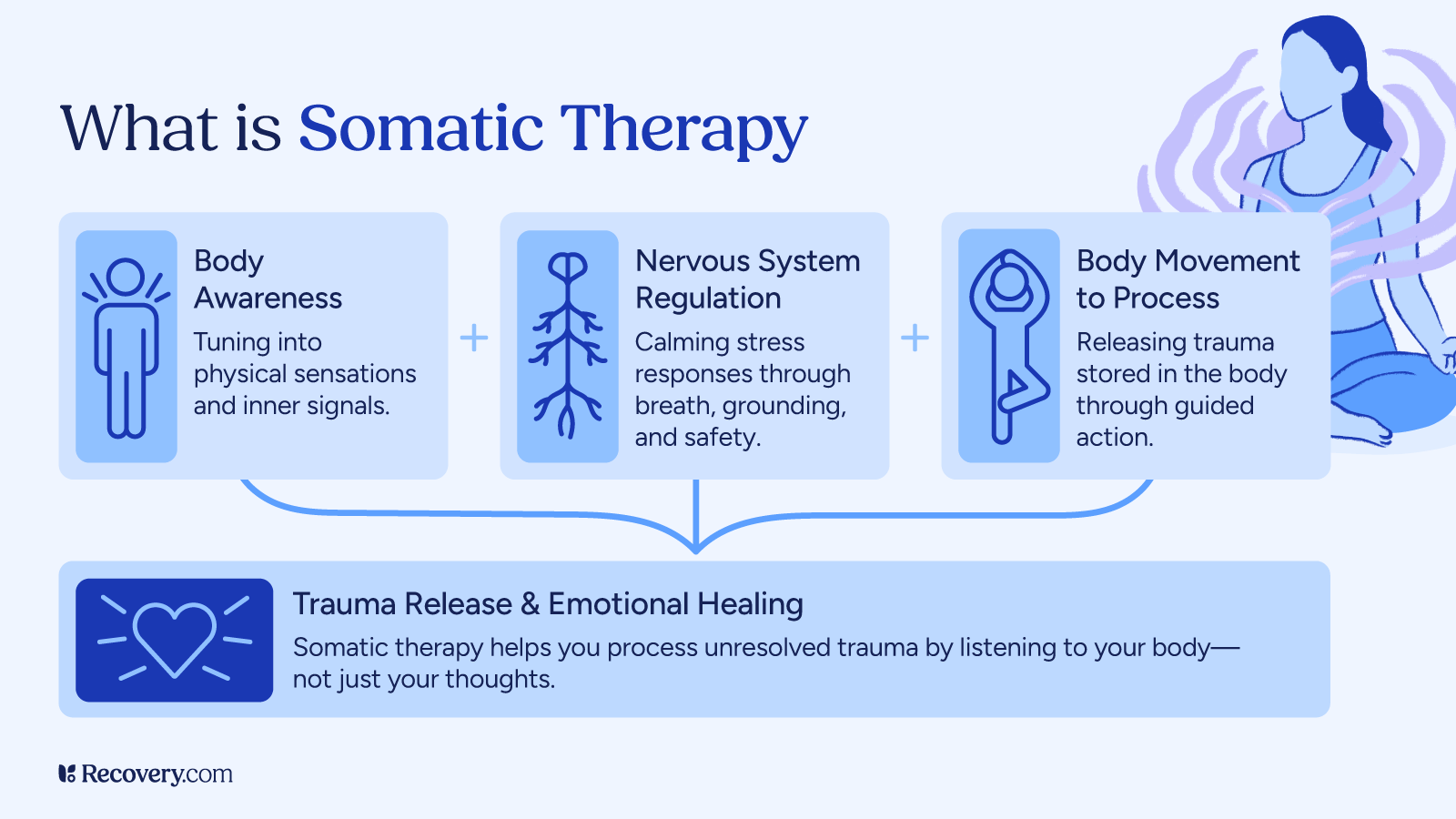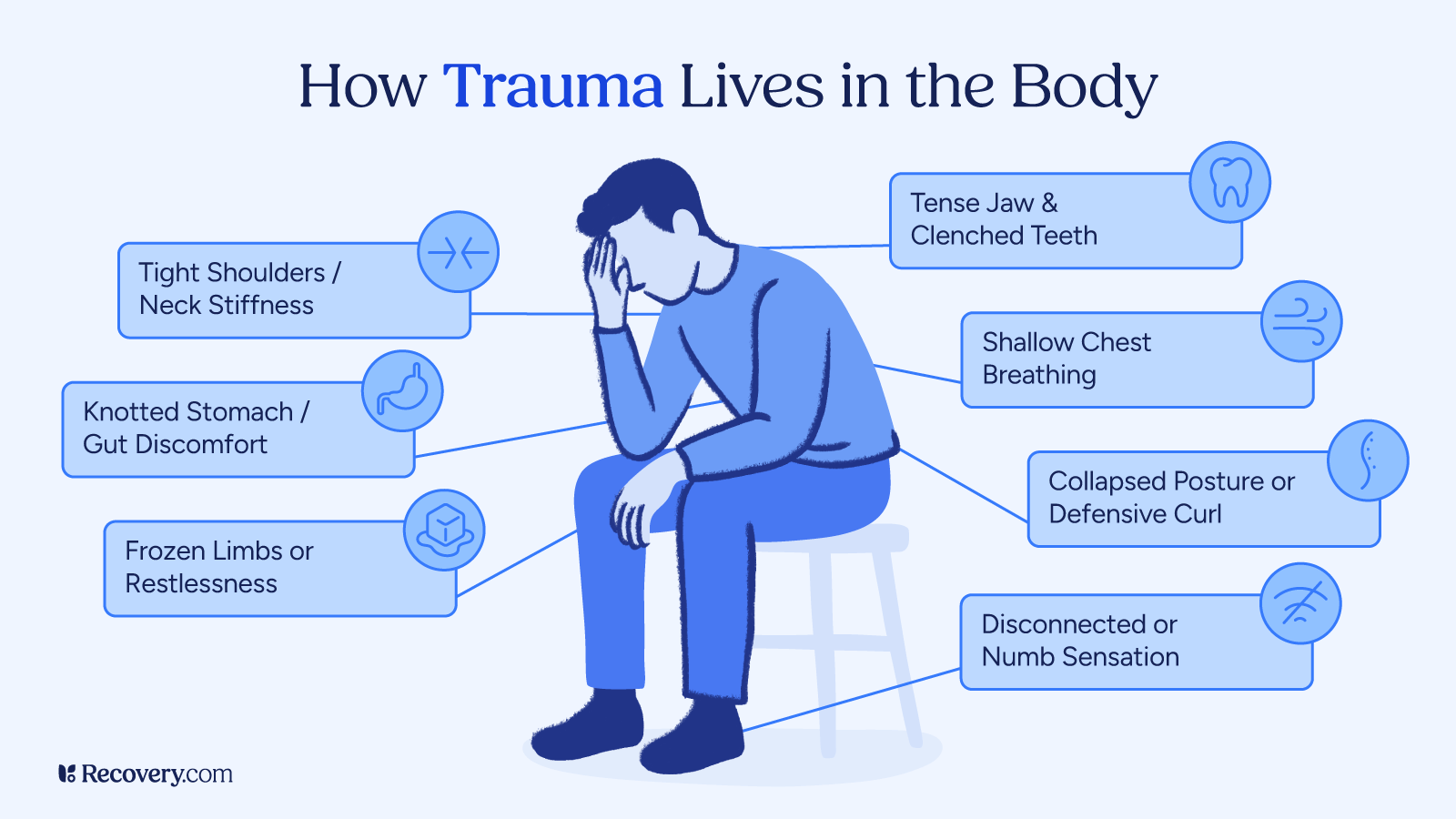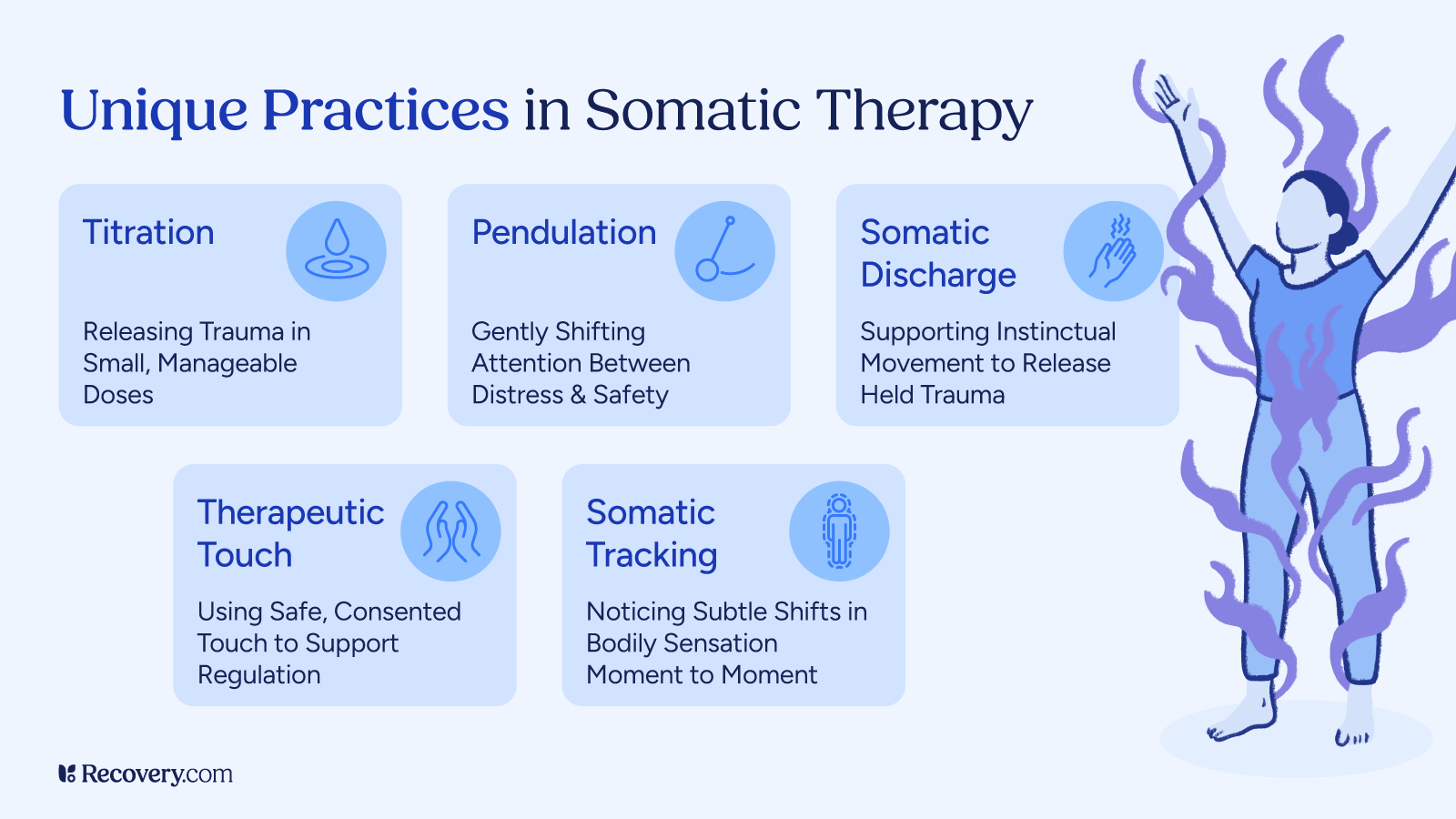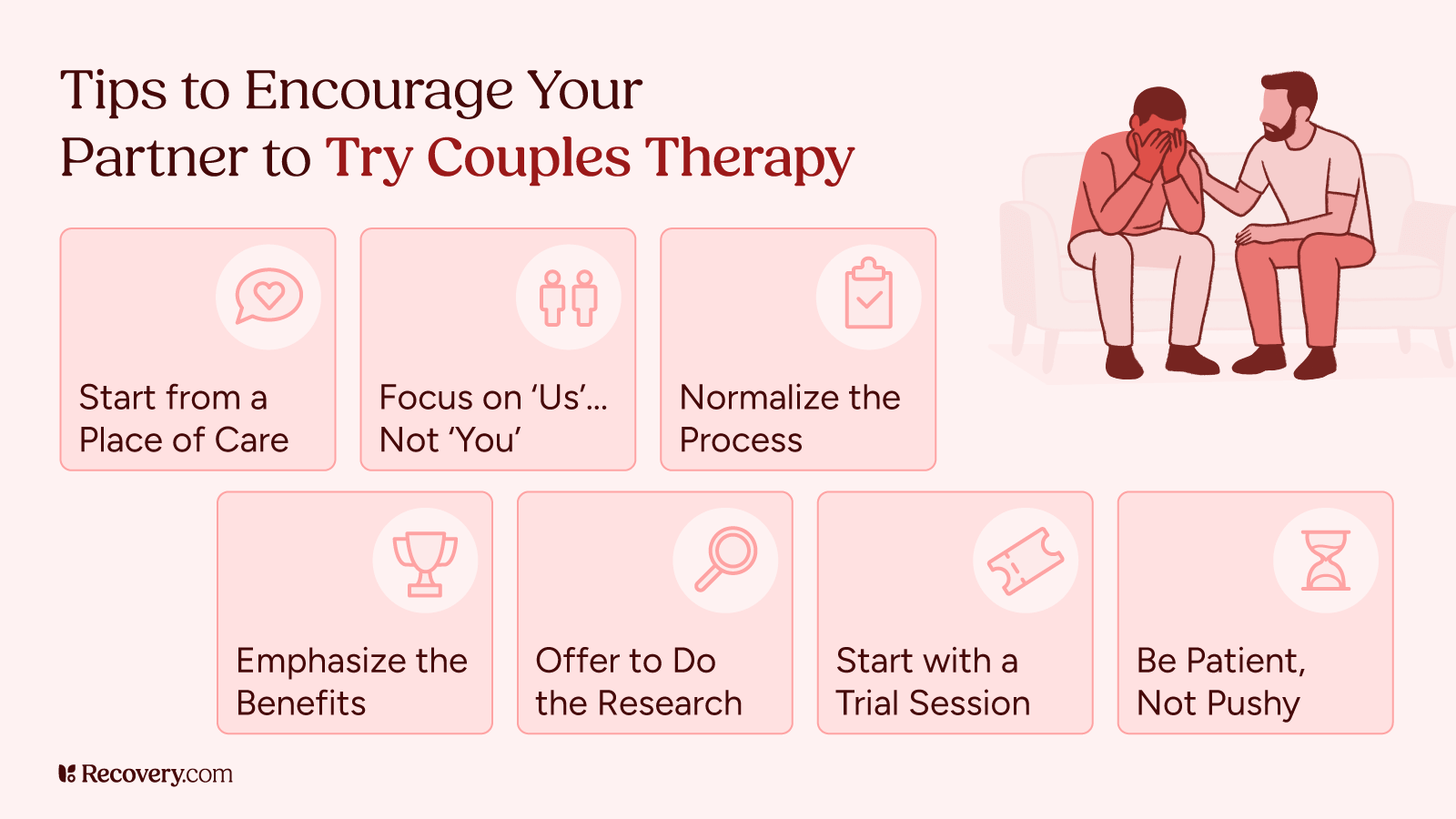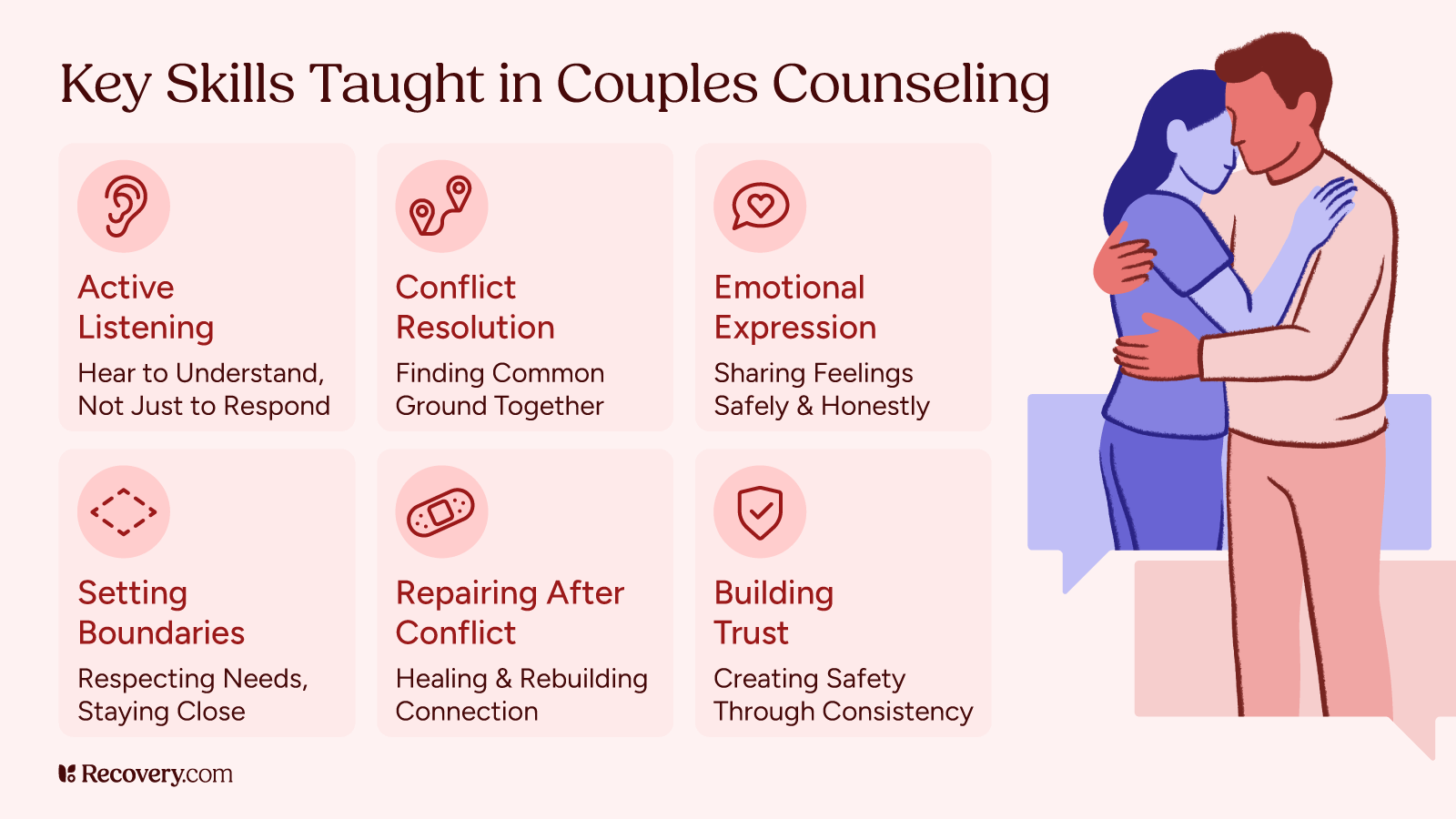When you first enter recovery, it can be daunting to consider the road ahead. Especially after drug or alcohol addiction, which is based on instant gratification, you may be concerned about the slow rhythm of sustainable change. Some people find it helpful to kickstart this process using ibogaine-assisted therapy.
Ibogaine is an alternative medicine, often administered in a short-term retreat setting. While it’s not readily available in the U.S., patients travel to treatment centers around the world to seek it out. If ibogaine is right for you, it could certainly be worth the trip.
This plant medicine experience is extremely different from most other forms of treatment.
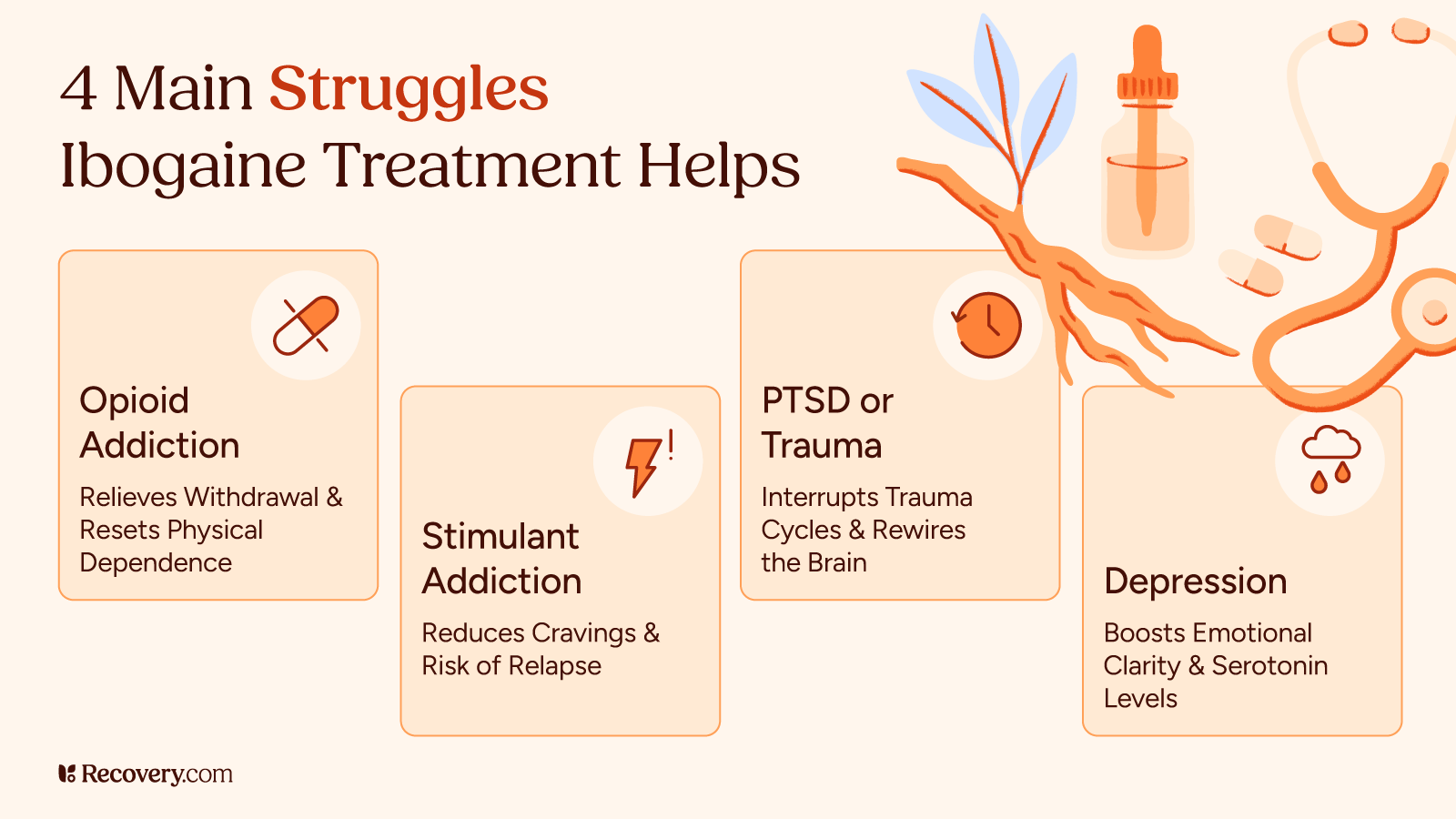
What Is Ibogaine?
Ibogaine is a naturally occurring psychoactive alkaloid, found in a West African shrub called tabernanthe iboga. In small doses, it’s a mild stimulant. In large doses, it can produce a dreamlike psychoactive state. This medicine has a long history, and has historically been used in healing and initiation ceremonies by members of the Bwiti religion.
The Multidisciplinary Association for Psychedelic Studies (MAPS) is exploring ibogaine as a potential treatment for drug abuse, especially opiate addiction.1 According to their experts,
People with problematic substance use have found that larger doses of ibogaine can significantly reduce withdrawal from opiates and temporarily eliminate substance-related cravings.
Experts found that ibogaine can have both psychological and physiological benefits. Treatment centers sometimes administer it at the beginning of a patient’s detox process because it “diminishes opioid withdrawal symptoms and reduces drug cravings.”2 Research shows that ibogaine and its analogs “potently promote neuronal growth,” and produce “antidepressant-like behavioural responses.” This makes it potentially beneficial for patients with a variety of mental health diagnoses.
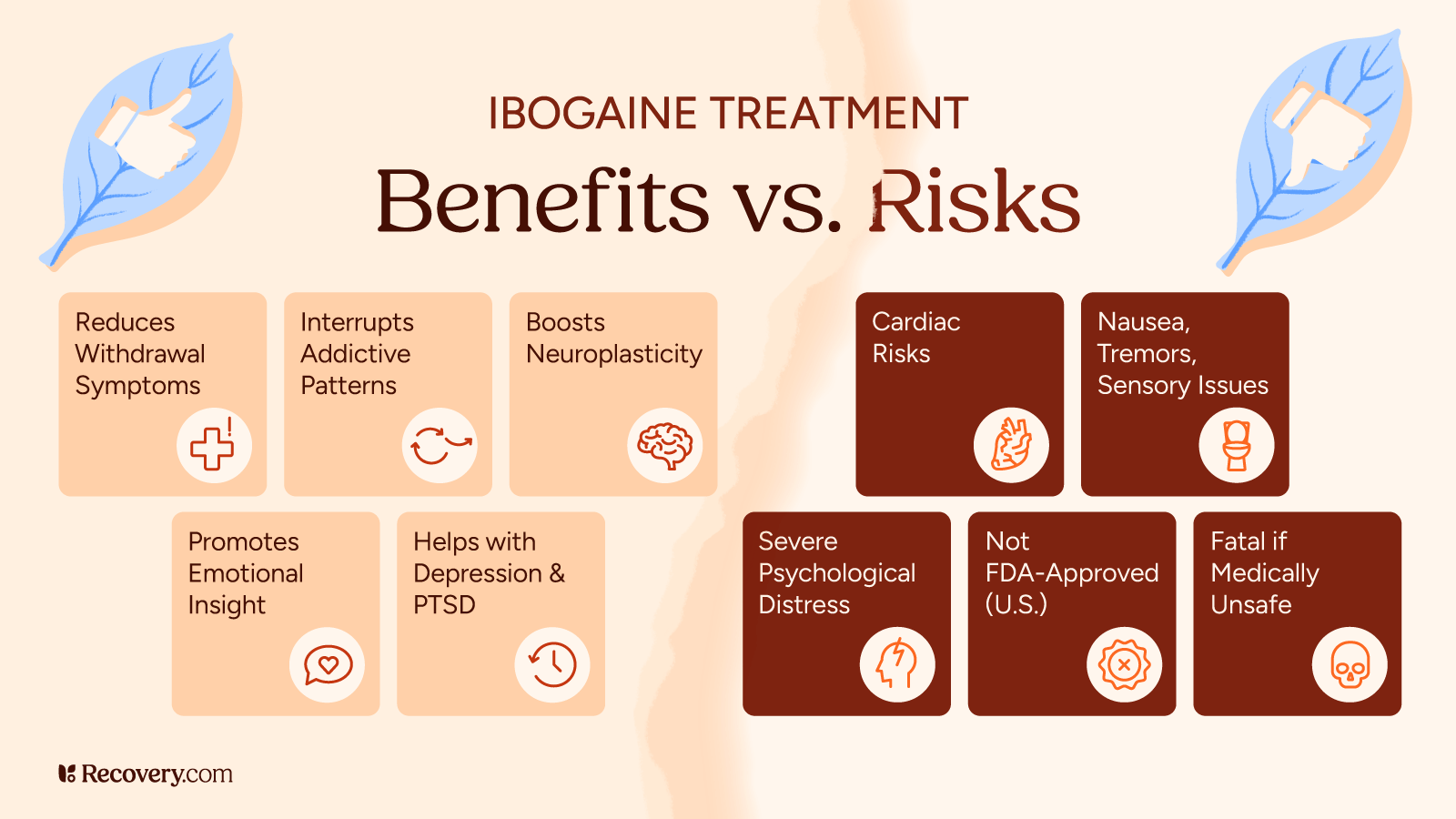
Uses of Ibogaine
This versatile treatment is often useful for patients at the beginning of their recovery process. According to Álvaro de Ferranti, Founder of Tabula Rasa Retreat, ibogaine can be used to treat a range of conditions, or even as a preventative measure:
Ibogaine is known to arrest cravings and addictions to stimulants such as crack cocaine and meth. It can also help people with dual disorders, mental disorders, and people who simply want to enhance their life spiritually and find answers and come back to self-love.
Let’s look at how ibogaine helps with different types of drug addiction and mental health issues.
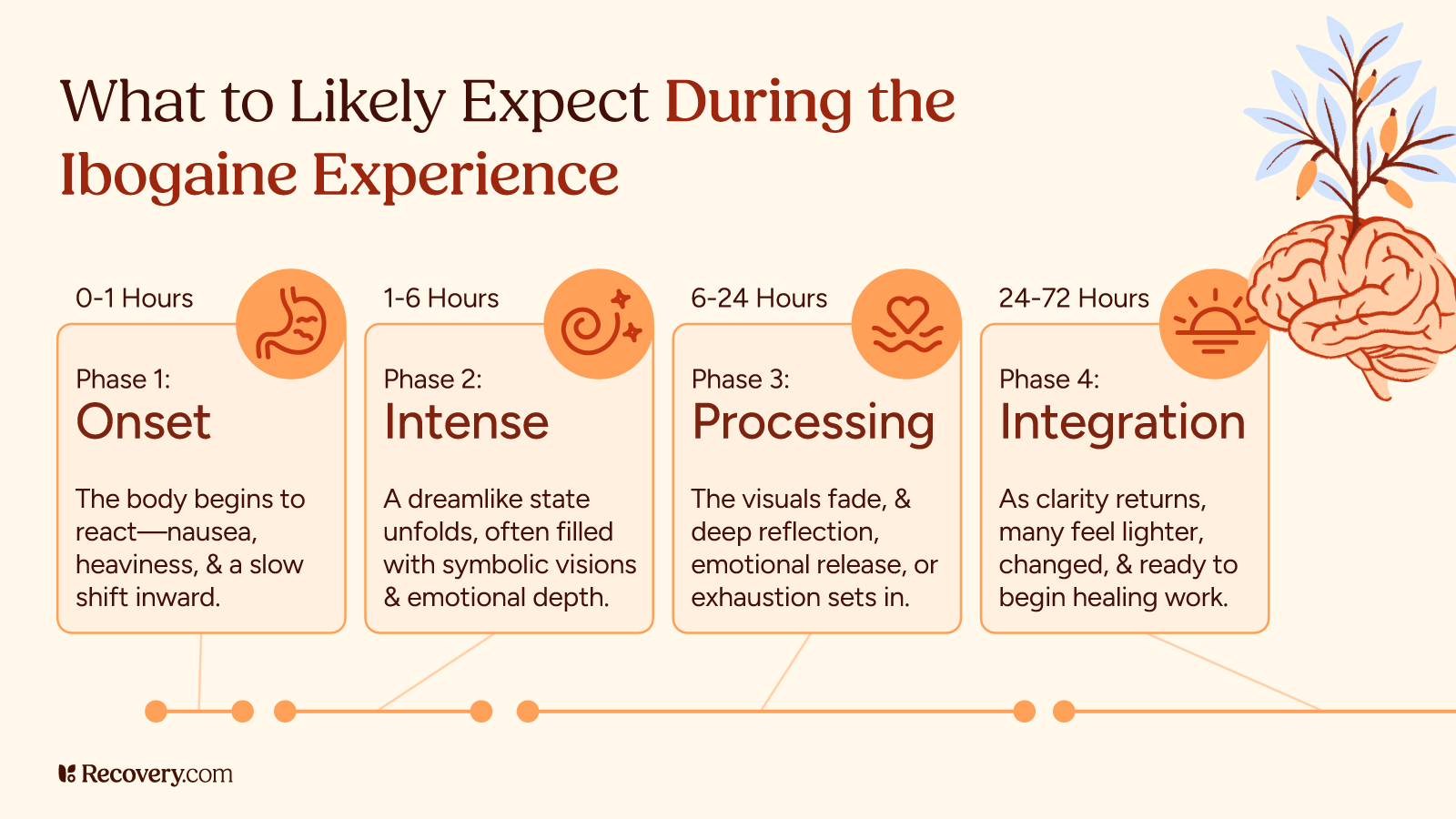
1. Ibogaine for Opioid Addiction: Breaking Free from Physical Dependence
In the Western world, this treatment is best known for its effect on recovery from opiate addiction. It alleviates most withdrawal symptoms, making detoxification faster and less uncomfortable. Patients also experience long-term benefits.
In one study by MAPS,
Results showed the most improvement in drug use at one month with 50% of participants reporting no opioid use during the previous 30 days. Ibogaine was associated with substantial reductions in opioid withdrawal symptoms3 and drug use in participants and may provide a useful prototype for development of innovative pharmacotherapy of addiction.
Ferranti claims that “Ibogaine takes away heroin withdrawals instantly.” It’s important to note, however, that people detoxing from alcohol, benzodiazepine, or opioid dependence should seek medical advice and taper off of these substances under qualified medical supervision before beginning this treatment.
Make sure to talk to the providers at your treatment center about your medical history to avoid any serious side effects.
2. Ibogaine for Cocaine and Stimulant Addiction: Reducing Cravings and Relapse Risk
According to the team of providers at Iboga Quest in Mexico, “cocaine addiction appears to respond very well to ibogaine treatment4 when coupled with proper preparation and after-care.” This finding aligns with preliminary data from formal research.
In one observational study, subjects who had been treated for “cocaine dependence, almost none of whom used opioids, reported a median relapse-free interval of 5.5 months following single doses of ibogaine.”5 Ibogaine’s influence on the risk of relapse may be due to its other psychological benefits.
Another study6 focused on people in recovery from cocaine addiction found that,
Patients benefited from the treatment in all the secondary outcomes, reporting decreases in craving and improvements in personal relationships, quality of life, and self-efficacy, thus supporting existing notions that treatments combining ibogaine and psychotherapy do have a therapeutic potential in the treatment of substance use disorders.
3. Ibogaine for PTSD: Rewiring the Brain After Trauma
Many people in recovery have co-occurring disorders, meaning they have both substance use disorders and additional mental health diagnoses. In this case, it’s quite common for patients to have PTSD. This condition has a complex relationship with substances: Some people turn to substances to self-medicate its symptoms, and others develop PTSD due to experiences they have while using substances.
The use of ibogaine is shown to have a positive impact on PTSD patients.7 One study, conducted with military veterans, found that ibogaine treatment “may offer a rapid and robust, and well-tolerated, treatment option for those suffering from a variety of psychiatric and cognitive symptoms.” It’s specifically helpful for symptoms related to trauma.
4. Ibogaine for Depression: A New Path Toward Emotional Clarity and Healing
Promising research is currently being done into ibogaine as a treatment for depression.8 Scientists began by creating an analog of ibogaine, intended to have similar effects. This medicine, called tabernanthalog (or TBG), “appears to relieve depression and addiction symptoms without producing hallucinations or other dangerous side effects.”
Although much more research is needed into the effects of TBG, some healthcare providers already support success using ibogaine to treat depression. According to the team at Tabula Rasa Retreat, “Ibogaine can lead to an increase in serotonin levels in the brain, leading to a sense of well-being and possibility after a difficult period.” Their program caters to people with substance use disorders, depression, PTSD, and a variety of other mental health concerns.
The Experience of Ibogaine
Ibogaine is available at treatment centers around the world, though not in the U.S. Just like any other type of rehab, each of these facilities has its own distinct philosophy. Choose an environment that suits your specific needs.
Ibogaine induces a psychedelic experience. During the session itself, you may find yourself in a dreamlike state for up to 72 hours. Patients often report revisiting traumatic events from the past, and gaining new insight into their least healthy behavioral patterns.
“It’s like hitting the reset button.”
As you slowly emerge from this state, you’ll likely notice immediate and significant differences. Rich, a patient at Iboga Quest, had previously undergone detox, and later decided to try ibogaine after a relapse. Comparing these 2 experiences, he told interviewers,
With iboga, or ibogaine, it’s like hitting the reset button. I would say I still had symptoms, but they were significantly less—maybe 20-30% of what you’d normally have.
Ibogaine also transformed his experience of shame. Prior to treatment, he struggled to accept himself and was haunted by past mistakes. In an ibogaine-induced dream state, he envisioned a human body with empty spaces inside it, which he’d been trying to fill by using substances. As he explored these images, he learned the value of accepting himself just as he is.
I always thought that acceptance was almost like admitting defeat. And [ibogaine] showed me that I didn’t have to necessarily like these aspects of myself; it wasn’t asking me to do that. But I had to accept them. These are things that happened. And even if they’re aspects of myself that were true at some point, they don’t have to remain true. And accepting them doesn’t mean that they remain true forevermore. In fact, accepting them puts you in a really great position to be able to change those aspects of yourself that you don’t like. And so that was my major teaching, really.
Health Risks
Ibogaine has some significant health risks, and may cause physical side effects. There are reported fatalities. In one case, 19 people are known to have died within 1.5 to 76 hours of taking ibogaine.9 This was mainly due to preexisting conditions that increased the risk of cardiovascular stress, and the physical effects of substance withdrawals that were not properly managed during treatment.
Before you begin this treatment, make sure you find a high-quality, reputable treatment center and consult with a medical professional to ensure it’s a safe method for you.
Long-Term Effects
Unlike some other psychedelic medicines, ibogaine can have a lasting effect on mental health.10 In fact, researchers believe that it can “modify addiction-related neural circuitry through the activation of neurotrophic factor signaling.” This makes it especially supportive for long-term recovery.
Despite its immediate benefits, however, ibogaine is not a miracle cure for substance use disorders. Researchers warn that ibogaine “is not a cure for addiction. Instead, it merely interrupts addiction.”11
Planning for Aftercare
The phase immediately following treatment can be an especially vulnerable time. If at all possible, it’s best to make plans for aftercare as a follow-up post-treatment. This ensures you have the right support to sustain the life changes you began.
Some patients begin recovery with ibogaine, then go on to attend a more comprehensive inpatient rehab program. Your treatment team can help you decide on the best course of action for your situation.
Starting Your Recovery With Ibogaine
Although more research is needed, ibogaine is a very promising treatment. Whether you’re healing from substance abuse, trauma, or another mental health diagnosis, it may be a good place to start moving forward. However, like any other medication, this medicine is not appropriate for all patients.
Remember that while recovery can start with ibogaine, it’s just the first step in a lifelong process. It’s best to combine this medicine with other evidence-based therapies, which may include rehab, medical care, talk therapy, or other options. Ibogaine can be a powerful element of your healing process, and may make it easier for you to move toward a healthier lifestyle. But this experience is no replacement for the slow, careful cultivation of habits that support your recovery.
To further explore this therapy, search for a rehab offering ibogaine-assisted treatment and contact their admissions team to learn more about their programming.
FAQs
Q: What is ibogaine therapy?
A: Ibogaine therapy is a plant medicine that uses a psychoactive compound from the West African iboga shrub to treat addiction and mental health disorders. Treatment involves a supervised session where patients experience a dreamlike state that helps them gain insights into behavioral patterns and past traumas.
Q: Is ibogaine used to treat addiction?
A: Yes, ibogaine is primarily used for substance use disorders, especially opioid use disorder, but can also be used for mental health conditions. Research shows it can reduce withdrawal symptoms and temporarily eliminate cravings.
Q: Does ibogaine get rid of withdrawal symptoms?
A: Ibogaine significantly reduces opioid withdrawal symptoms but doesn’t eliminate them completely. One study found that 78% of patients did not show clinical signs of opioid withdrawal 48 hours after ibogaine administration,12 and 68% reported only mild withdrawal symptoms. Medical supervision and proper tapering before treatment are essential for safety.
Q: How much does ibogaine treatment cost?
A: Ibogaine treatment typically costs between $5,000 and $15,000, depending on the facility and services included. Since treatment is not available in the United States (ibogaine is considered a Schedule I controlled substance and is not FDA-approved), you should also consider additional travel expenses.
Q: How safe is ibogaine treatment?
A: Ibogaine carries significant health risks and isn’t safe for everyone. High doses can cause serious cardiac complications, especially for people with heart conditions. Make sure your facility provides proper medical screening and supervision to minimize risks.
Q: Is ibogaine an effective treatment for substance use disorder?
A: Studies of ibogaine show that this treatment can be effective, particularly for opioid addiction. Several studies support this, including one in which 50% of patients reported reduced opioid cravings13 lasting for up to 3 months after treatment. However, ibogaine is not a cure—it temporarily interrupts addiction, creating an opportunity for recovery work.
Q: What are the side effects of ibogaine?
A: Common side effects include nausea, vomiting, loss of coordination, tremors, and sensitivity to light and sound. Serious side effects can include cardiac arrhythmias and seizures. The hallucinogenic experience may involve revisiting traumatic memories.
Q: Where can I find ibogaine treatment centers?
A: Ibogaine treatment centers operate in Mexico, Costa Rica, Canada, and parts of Europe. When selecting a facility, research their medical protocols, safety record, and aftercare support. Look for centers with thorough medical screenings and qualified staff.

